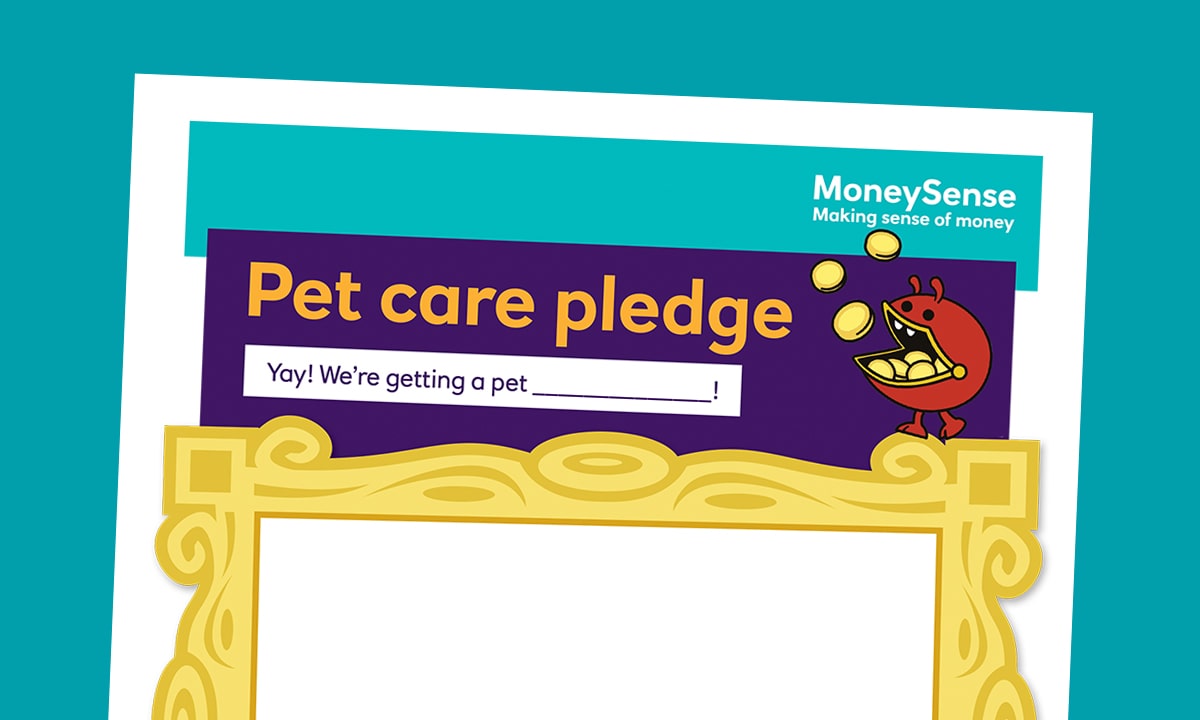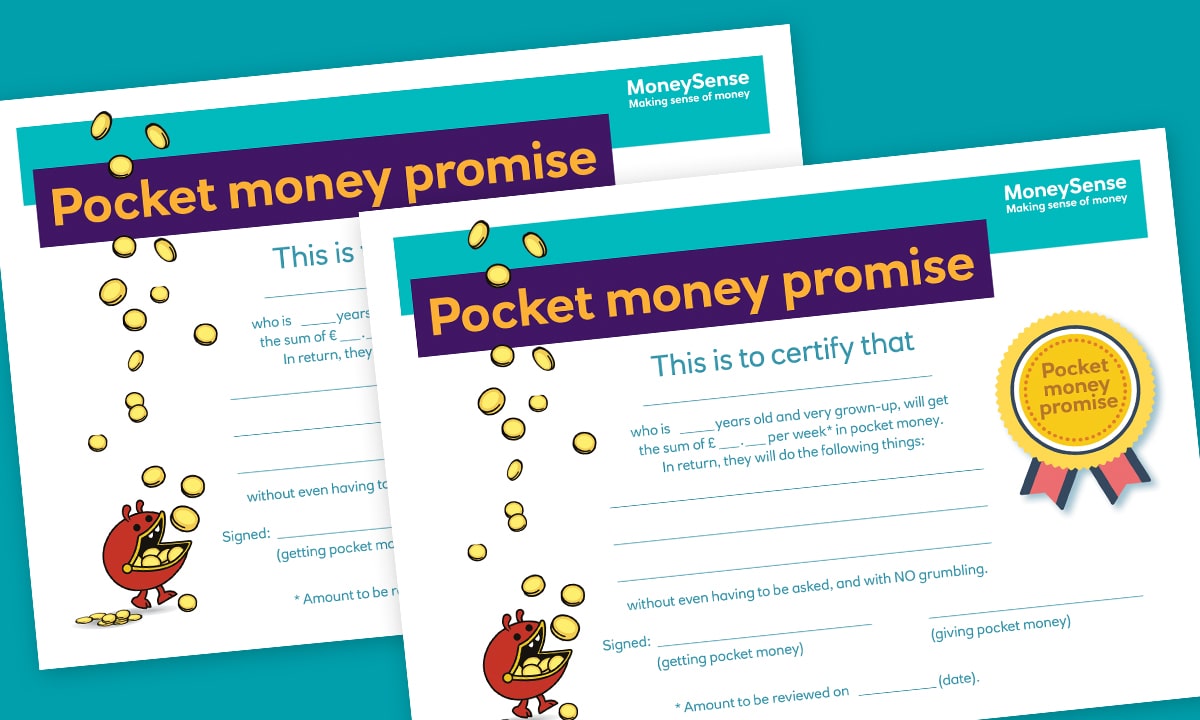Showing your children the spirit of giving
Knowing when and how to introduce your children to the principle of giving is an important part of their education, and will help equip them for the wider world.

For most children, and even adults, giving and charity tend to be associated with the festive season and birthdays. But teaching your children about the importance of these values could be even more beneficial if it’s a year-round endeavour.
How to approach the subject
Your kids will likely already be well aware of what it’s like to receive gifts, but what about exploring the ways in which they can give back? The idea can be as simple as making a card for a loved one, but it can also extend into other capacities, both in the sense of what we give (be it time, a present or money) and why (a special occasion, a random act of kindness, or even a community-based gesture).
However, gauging what information your child is ready for is paramount, according to leading child psychologist Dr Elizabeth Kilbey. “It’s important that we approach the idea of giving and charity as a moral value rather than a financial concept, because it can muddy the water when we want children to learn a pragmatic approach to money,” she explains. “Giving (in a charitable sense) is related to sharing, and that’s a concept we know children can struggle to grasp, so we need to be careful that they fully understand money as a transactional commodity first. We can get into the psychology of giving, but that needs to come at a later stage.”

Different types of giving
Even without linking it directly to money, there are plenty of ways in which we can encourage youngsters to consider others, such as selecting unwanted toys to donate to a charity shop or offering to help a friend or neighbour in need. Zara D’Souza, a MoneySense volunteer and Community Banker, believes this is an integral part of every child’s education. “I think it’s important that we are honest with children and talk about the fact that there are people who are less fortunate than ourselves,” she says. “It comes back to teaching them right from wrong and encouraging them to empathise. The first time I led a MoneySense workshop about how we use money I was really pleasantly surprised by the content and the children’s understanding of, and reaction to, it.”
“We know that children’s learning is developed by observation, so having a positive role model is really important”
Sharing is caring: A case study
We asked Kara Gammell, a financial journalist who writes for titles including The Daily Telegraph and The Guardian, how she was introducing her daughter to the idea of giving.
“When it comes to parenthood, there is no denying that little eyes are always watching us. While it seems obvious that we parents are the biggest influences on our children’s attitudes to cash, few of us know where to start – and despite being a personal finance journalist, I was in the same boat. But it’s never too early to start. According to a research study by the Money and Pensions Service, financial habits in children are formed by the time they’re seven years old, so I decided that it was time to take action and set up a jam jar saving system for our six-year-old daughter.
She has three labelled jars – one for saving, one for spending, and one for sharing. Anytime she gets some cash, whether it’s pocket money or for helping with chores, she decides how to divide it between the three jars.
Why jam jars? Unlike traditional piggy banks, these are transparent so she can see her money growing – and even more importantly, disappearing. I want her to know that there is nothing wrong with spending some of your money, so long as she’s also saving for the future and doing what she can to help others. I also strongly believe that by encouraging both saving and generosity, children will experience the satisfaction that can come from managing money well.
It seems to be working. A few months ago, my daughter dipped into her sharing pot for the first time. She was going on a school trip to the beach, and each pupil in her class was asked to bring in money for an ice cream at the end of the day.
She told me that she was concerned that some kids wouldn’t have any money for this treat and that they might feel left out. To my amazement, she emptied the contents of her sharing jar into her school lunch bag.
When I met her at school pick up that afternoon, she was over the moon. She had been able to buy ice creams for two of her classmates who otherwise would have gone without. I was so proud of her thoughtfulness and generosity – and very pleased that our money lesson seems to be resonating with her.”
Check out the new MoneySense giving activity sheet to discover some fun ways to bring the subject to life with your child.
Practical tips for parents
Teaching your children about money can sometimes feel tricky, but there’s no need to overcomplicate it. Here are three ways you can start to introduce them to the idea of giving today.
1. LEAD BY EXAMPLE
“We know that children’s learning is developed by observation, so having a positive role model is really important for a young person,” says Russel Winnard, the Director of Financial Education Programmes and Services at Young Money. “Of course, it’s got to be for individual parents to consider what they are able to do, but with respect to money management if parents can lead by example, and show they’re making appropriate decisions, research shows that young people will learn from it.”
2. IT'S GOOD TO TALK
Again, giving doesn’t have to mean giving money if you’re not in a position to do so. Most adults give in other ways on a daily basis, so make them a discussion point with your child, whether that’s holding the door for the person behind you, offering food to a homeless person, donating an old jacket to a winter coat appeal or offering to mow an elderly neighbour’s lawn. By observing your behaviour they will begin to understand that they too can give their time and energy to help others.
3. GET YOUR CHILD INVOLVED
Make use of our activity sheet, The Gift of Giving, which has lots of ideas on how to approach this topic with your youngsters. Like anything, if you make the topic fun and spend some quality time with them, children will be much more receptive.
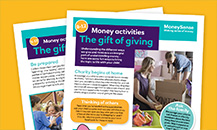
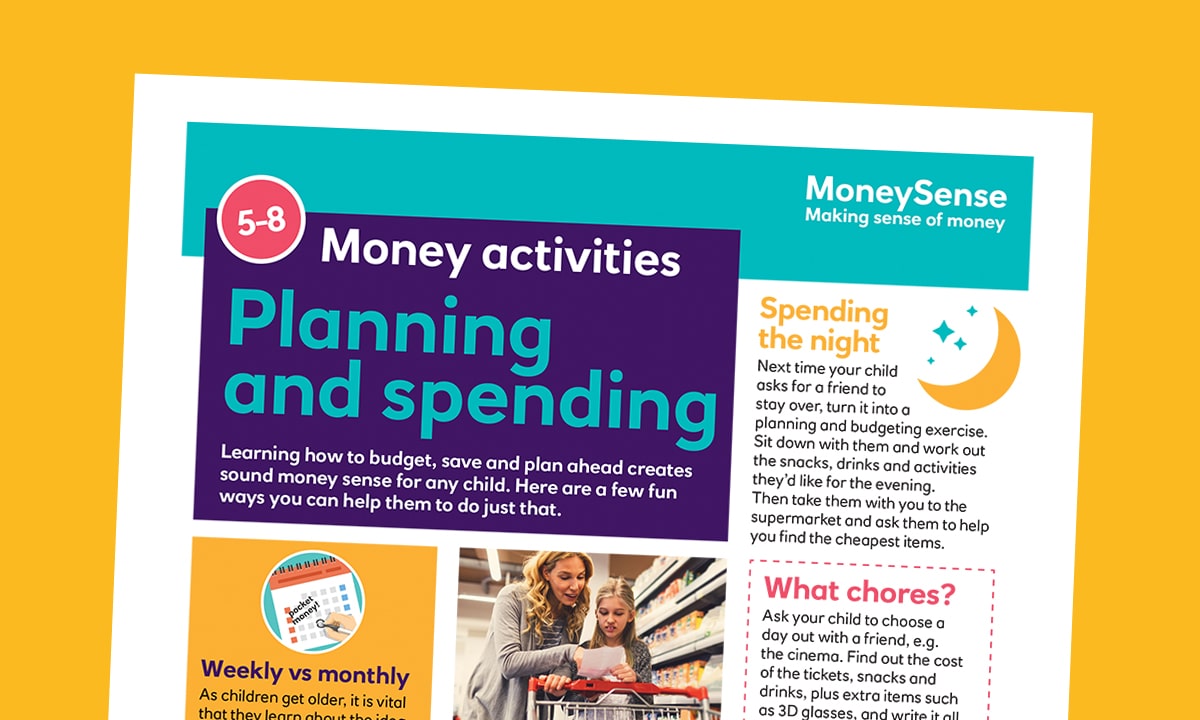
 Activities:
Activities: 
 Poster:
Poster: 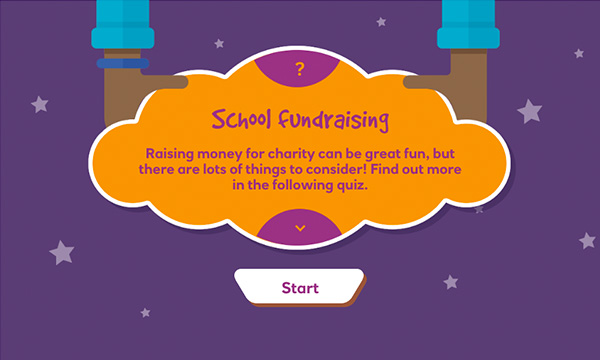
 Interactive activity:
Interactive activity: 